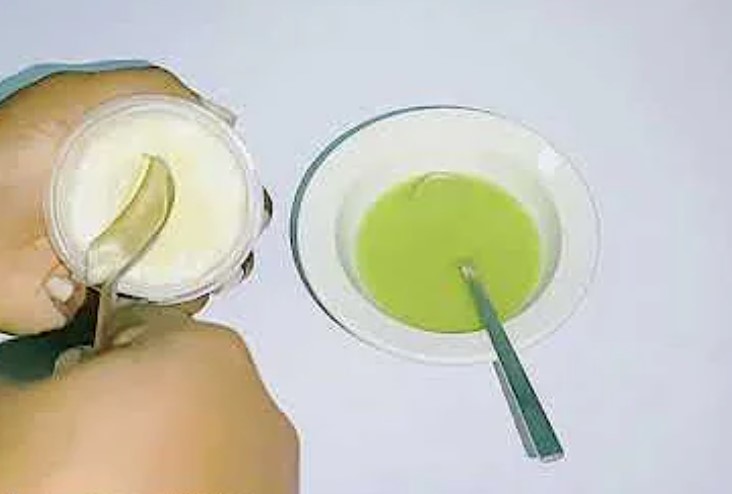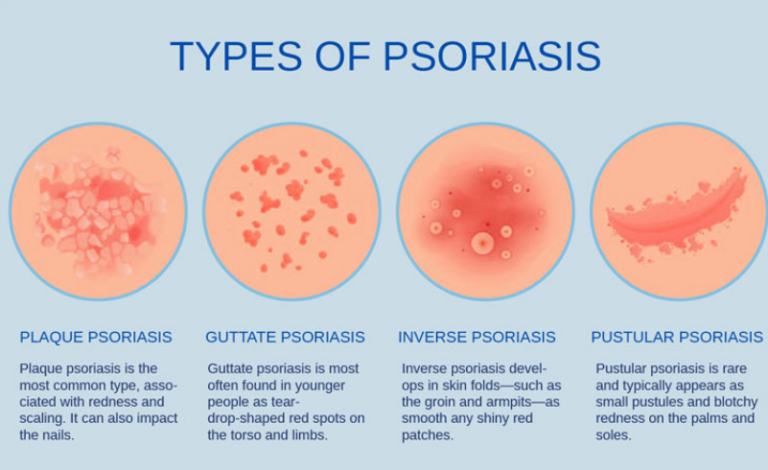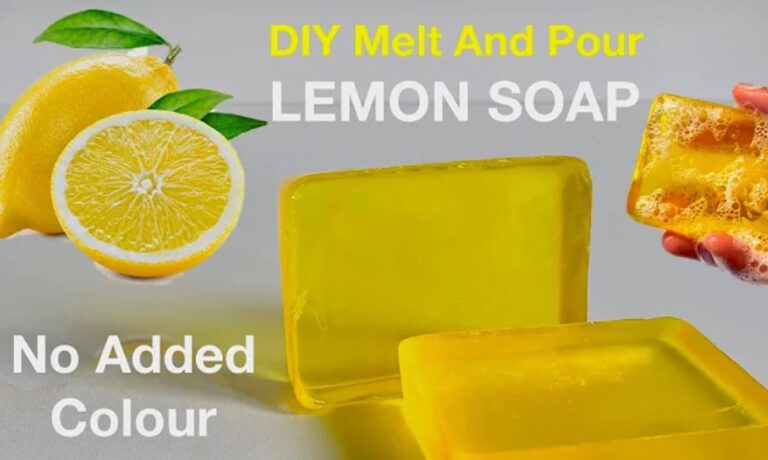Chemical and physical exfoliation
Chemical exfoliation and physical exfoliation are two popular methods used to improve the texture and appearance of the skin. Both techniques aim to remove dead skin cells, unclog pores, and promote cell turnover, but their mechanisms and effects on the skin differ.

Chemical Exfoliation
Chemical exfoliation involves using specific acids or enzymes to break down the bonds between dead skin cells, allowing them to shed quickly. Common chemical exfoliants include alpha hydroxy acids (AHAs) such as glycolic acid and lactic acid, beta hydroxy acids (BHAs) like salicylic acid, and enzymes like papain and bromelain. These substances dissolve the intercellular glue that holds dead skin cells together, resulting in gentle and controlled exfoliation.
Pros of Chemical Exfoliation:
- Suitable for sensitive skin: Chemical exfoliation tends to be milder and less abrasive than physical exfoliation, making it a better option for sensitive or delicate skin.
- Deep exfoliation: Chemical exfoliants can penetrate deeper into the pores, effectively removing built-up debris and sebum. This makes them particularly beneficial for individuals with acne-prone or congested skin.
- Targeted treatment: Different chemical exfoliants offer varying benefits. AHAs are excellent for improving skin texture and reducing hyperpigmentation, while BHAs are effective in combating acne and unclogging pores.
Cons of Chemical Exfoliation:
- Increased sensitivity to the sun: Chemical exfoliants can make the skin more sensitive to UV radiation. Applying sunscreen and taking adequate sun protection measures when using chemical exfoliants is crucial.
- Potential for irritation: While chemical exfoliation is generally gentle, specific individuals may experience mild irritation or redness. Punch-test products before completing the application and gradually introducing them into your skincare routine are essential.
Physical Exfoliation
Physical exfoliation involves scrubbing the skin’s surface to remove dead skin cells. This method typically employs brushes, loofahs, washcloths, or skincare products containing granular particles, such as sugar or ground coffee.
Pros of Physical Exfoliation:
- Immediate results: Physical exfoliation provides instant gratification by sloughing off dead skin cells and leaving the skin feeling smoother and refreshed.
- Enhanced blood circulation: The massaging action of physical exfoliation can promote blood flow to the skin, which may result in a healthy glow.
- Exfoliation customization: With physical exfoliation, you have more control over the pressure and intensity of the exfoliation process. You can adjust the method and the tools to cater to your skin’s needs.
Cons of Physical Exfoliation:
- Potential for skin damage: Over-exfoliation or harsh scrubbing tools can lead to micro-tears in the skin, redness, and irritation. This can compromise the skin’s barrier function and cause sensitivity.
- Unsuitable for sensitive skin: Individuals with sensitive or easily irritated skin may find physical exfoliation too abrasive and irritating.
- Limited penetration: Physical exfoliation primarily works on the skin’s surface and may not reach deep-seated impurities or congested pores as effectively as chemical exfoliation.
Both chemical and physical exfoliation have benefits and considerations. Chemical exfoliation offers deep and controlled exfoliation, making it suitable for various skin concerns, while physical exfoliation provides immediate results and allows for customization. Choosing the method that best suits your skin type, sensitivity, and specific skin care needs is essential. Additionally, it is crucial to follow proper skincare practices, avoid excessive exfoliation, and listen to your skin’s response to maintain a healthy






